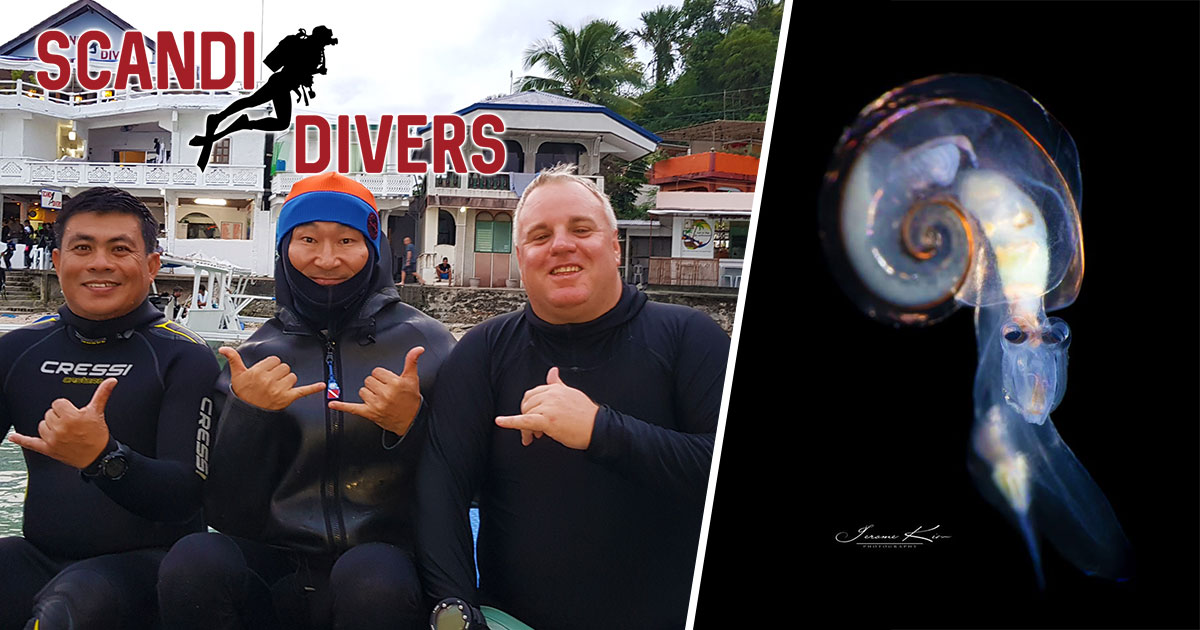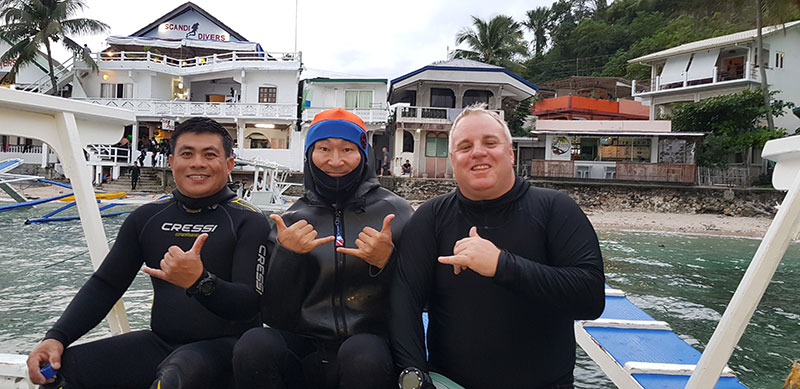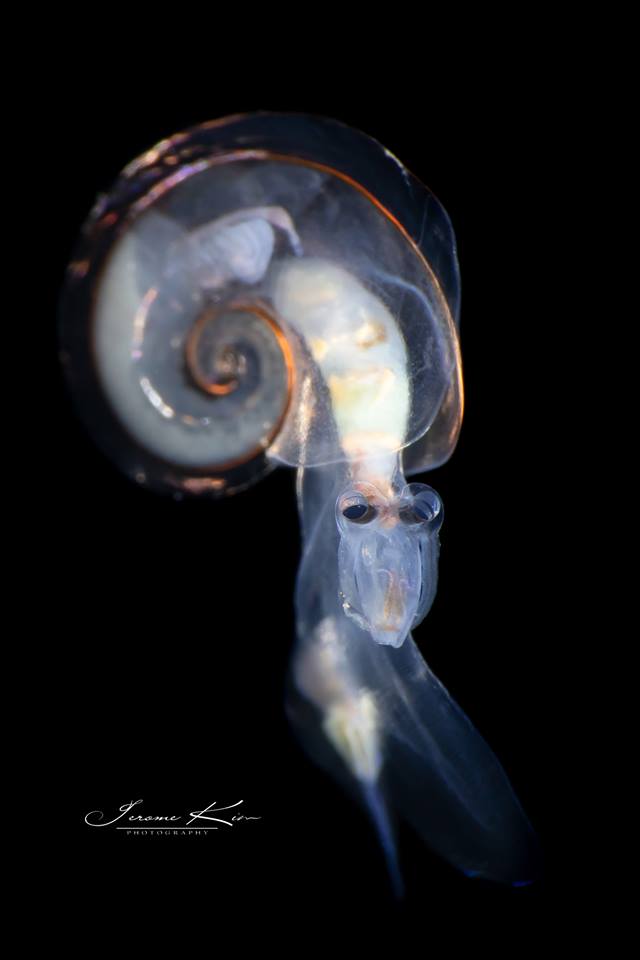If you spent hours in your garden looking through the flora for tiny little slugs, then your neighbor would probably be concerned for your welfare and call out the local psychiatrist recommending an emergency check-up. Yet scuba divers in their thousands spend hours searching through the corals looking for the underwater version of these creepy crawlies.
With Puerto Galera located in the Coral triangle and the Verde Island passage, it has more nudibranchs than you can shake a stick at. There are reason’s why the Godfather of the nudibranch world Dr Terry Gosliner has made numerous trips here. The Verde Island Passage has over a thousand named nudibranch species, when you consider the Caribbean has less than a thousand reef fish species the abundance is clear to see. The word nudibranch comes from Latin and ancient Greek words naked and gills which comes out of Google translate as nudibranch.
So, what’s the attraction of nudibranchs?
For a start the patterns and colors are so vibrant that they make great subjects for underwater photography. As slow movers, the chance to get a great image is high. They come in all shapes and sizes, one of the smallest and most famous is the Costasiella kuroshimae, affectionately know as Shaun the sheep, it’s sometimes smaller than a grain of rice but can be seen with the aid of a macro lens or magnifying glass.
At the other end of the spectrum we have giant nudibranch like the Hexabranchus sanguineus or Spanish dancer, these guys can be seen at night and are a fiery red color. They can grow up to ninety centimeters in length and bust impressive dance moves that would have made Michael Jackson jealous.
There are great opportunities to observe nudibranch behavior on our reefs. The Chamberlin nembrotha seem as sexually active as mandarin fish. You can see a mating pairs curled up together, being hermaphrodites they both pass sperm into each other for about ten minutes before breaking apart. The Chromodoris reticulata has the added skill of a disposable penis which is ideal if his partner starts to nag him to death about the washing up.
Nudibranch eggs can be found on the reef, look out for swirls of tiny egg. Some are more ribbon type which can be white or pinkish in color. To deter predators the eggs are covered by a slime from consumed sea sponges that are toxic.
There are a few species that eat their own kind, this is a pretty gruesome death as some have teeth inside which shred the poor victim making it easier to digest. So there is some information on the attraction of nudibranchs, we hope after reading this you will become a sea slug enthusiast.
You can watch our latest video on nudibranchs to give you just a sample of these amazing creatures. Come and join us at Scandi divers resort to see some with your own eyes.












 Wishing safe travels back to Switzerland to the whole Caprez family.
Wishing safe travels back to Switzerland to the whole Caprez family.
